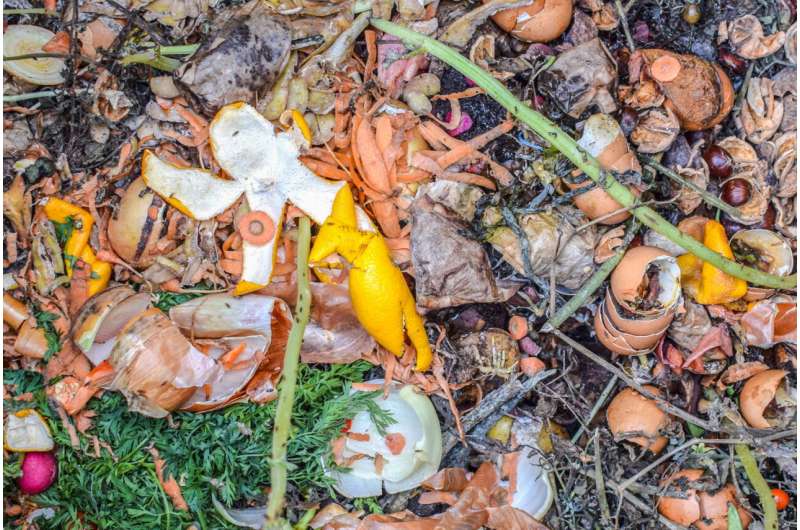Determining the lipid content of organic waste in anaerobic digestion

One of the important factors that need to be taken into account for anaerobic digestion is the lipid content of the organic waste. Indeed, a large quantity of lipids enables more gas to be produced: this is known as the methane potential, however too large a quantity can also inhibit the process. Organic waste is often very heterogeneous and of different origins (e.g., agriculture, food industry and canteens), which is why it needs to be characterized before being recovered. Currently, the lipid content of waste is measured by the Soxhlet method, which is based on a chemical extraction coupled with a separation of the different constituents of the waste in order to analyze them. However, this method is long, taking several hours per sample, and requires a highly polluting petroleum-based chemical solvent.
INRAE researchers took an interest in applying NMR (Nuclear Magnetic Resonance), a non-invasive and non-destructive analysis technique where molecules in a sample, placed in a magnetic field and excited by a radiofrequency, emit a signal that allows them to be identified and quantified. NMR is already widely employed in the pharmaceutical and food industries, but until now has been little used to analyze waste. The research team focused on low-field NMR, which is less expensive and uses smaller, portable equipment.
The researchers analyzed 48 organic waste samples of different origins (for example agricultural waste, green waste, waste from collective catering facilities and private individuals). They used NMR coupled with chemometrics, a mathematical method that allows extracting as much information as possible from the emitted signal. These results were then compared with those obtained with the Soxhlet method. The study shows that NMR analysis coupled with chemometrics is highly predictive of the lipid content of organic waste. Not only does it avoid the need for a lengthy calibration procedure beforehand, but it is more accurate and has a better repeatability than the Soxhlet method. Above all, NMR analysis is much faster (less than one minute per sample) and environmentally friendly compared to the Soxhlet method. The scientists are now looking to improve the process, in particular by eliminating the waste drying step, in order to have an analysis technique that is transportable and directly applicable at anaerobic digestion sites.
More information: S. Picard et al, Determination of the lipid content of organic waste using time-domain nuclear magnetic resonance, Waste Management (2021). DOI: 10.1016/j.wasman.2021.11.013
Provided by INRAE





















